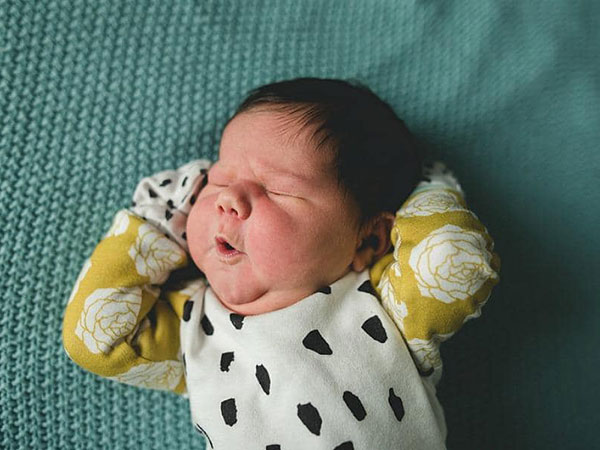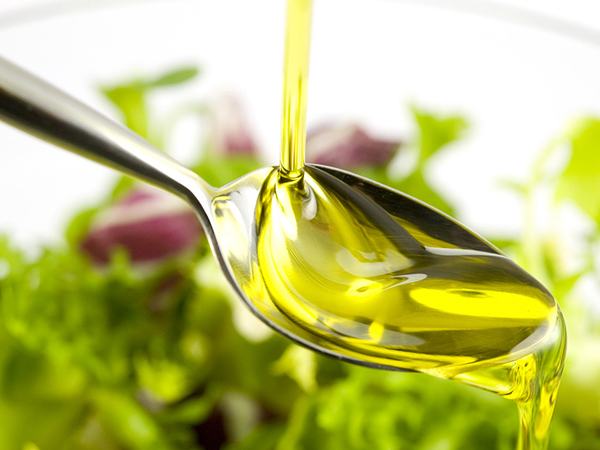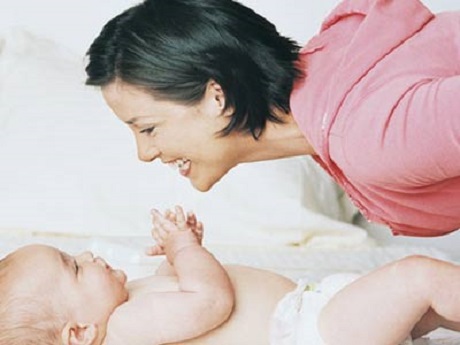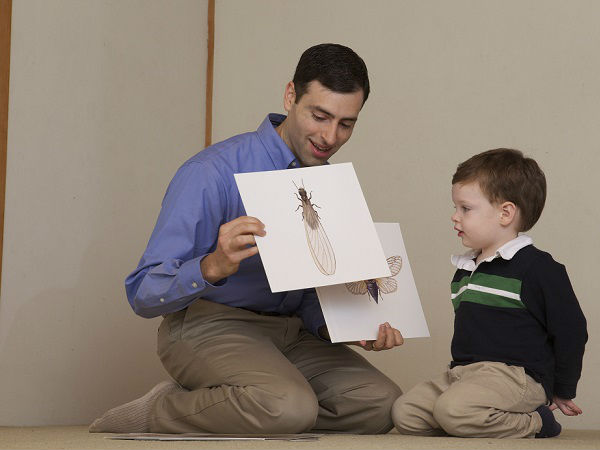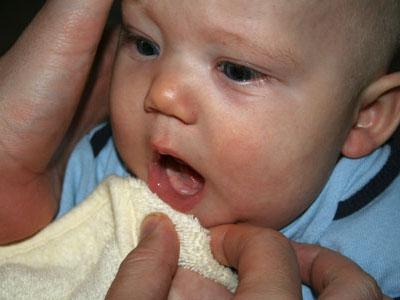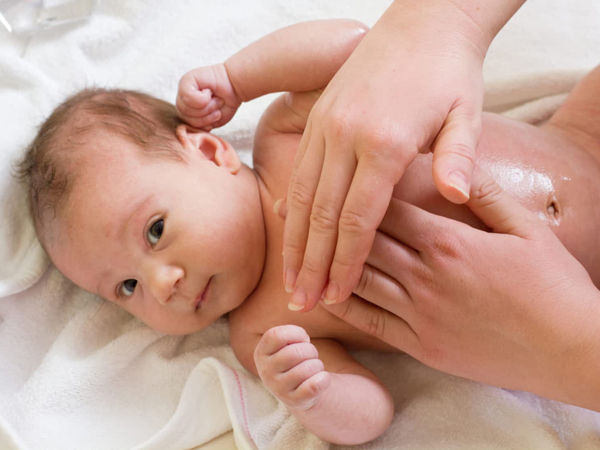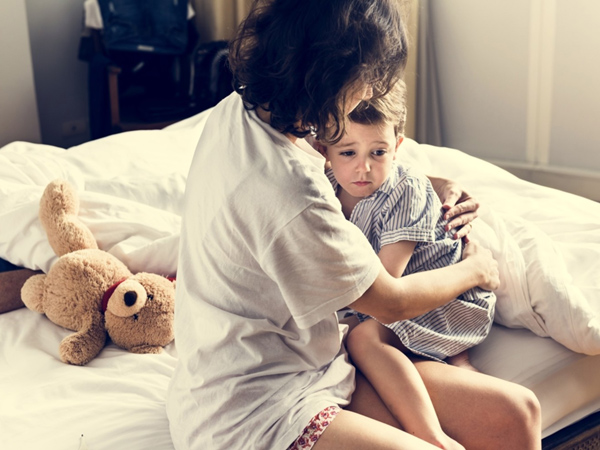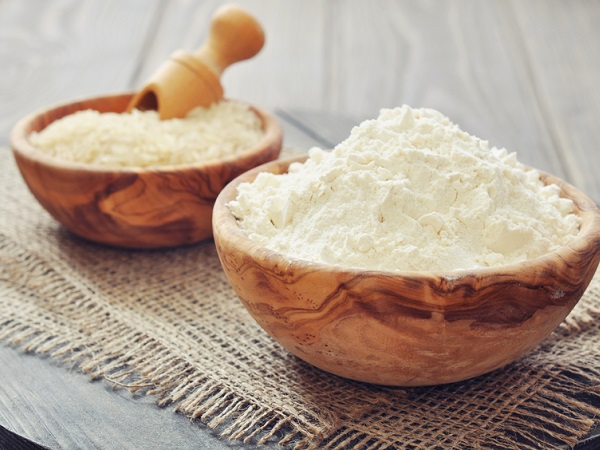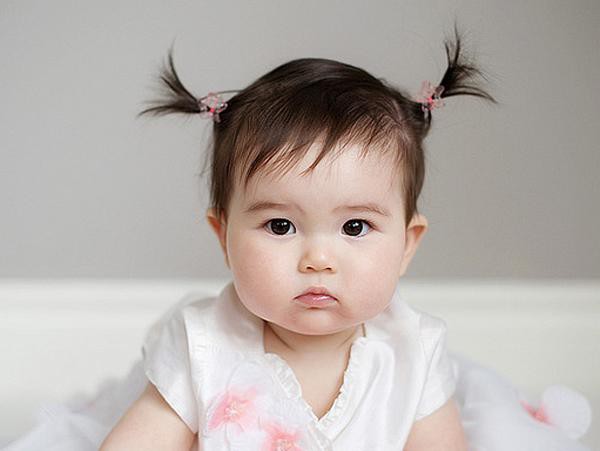After vaccination, children may experience some side effects such as high fever, swelling at the injection site, ... The most effective way to reduce fever when vaccinated is the most effective way at this time is to calmly follow up. changes in body temperature to provide the most timely treatment.
content
Vaccination to prevent epidemics
Signs that your baby has a fever after vaccination
The way to reduce fever after injection is simple but effective
Some notes for mom
Many mothers have to struggle to find ways to reduce fever for babies when vaccinated without knowing that those are common symptoms of most childhood vaccines. According to the pediatric specialist, signs such as fever, swelling, redness, ... will go away on their own within a few days.
Vaccination to prevent epidemics
Vaccination is currently the best way to prevent childhood infectious diseases and to curb widespread outbreaks. After giving birth, mothers can consult the vaccination schedule for their babies easily in online information channels.
Since science has found out the vaccine, pregnant or newly born mothers are completely assured because their baby can be protected by vaccination right after birth . Newborn babies are immune to many diseases as soon as they are born because they receive antibodies from their mothers and through breast milk. However, this immunity period can last only a month, as long as a year. Therefore, "additional amount of antibodies" needed by vaccination on time, the ability to protect the bodies of infants and young children is over 90%.
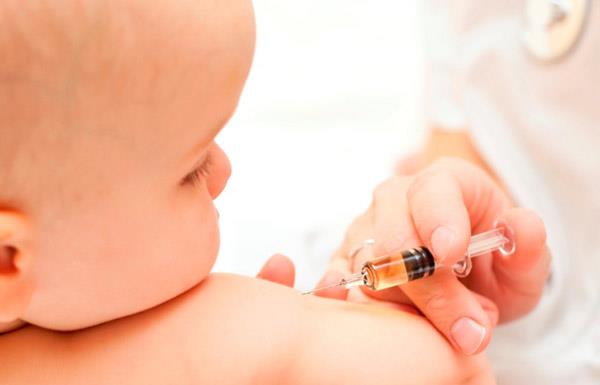
Monitor changes in body temperature to have a way to reduce fever for babies effectively when vaccinated
Children who are not fully immunized or not vaccinated are at risk of infectious diseases, disability and death, even causing a major outbreak in the community. If because the injection schedule is forgotten or the child is sick but not vaccinated for a while, the mother needs to take the child to continue the injection, not to quit.
Signs that your baby has a fever after vaccination
Maybe 30 minutes of follow-up after injection, the child shows no signs of fussiness or hyperthermia, but after a few hours or a day some children may have a fever: low-grade fever or fever above 39 degrees C with fussy state , not eat.
The fever is more common in the typhoid and whooping cough vaccinations, doctors say. Although small but still have cases after the 5th day of injection, the child has a fever. This late fever occurs after measles vaccination, sometimes mumps vaccination.
Some other specific symptoms after vaccination:
A hard, subcutaneous nodule can occur and last for a few weeks
Rash, pruritus, urticaria, or erythema
Gastrointestinal disturbances, anorexia, insomnia, irritability, irritability
In case of a fever, it is necessary to immediately bring to the nearest medical facility for first aid:
Fever over 39 degrees Celsius and convulsions. Hands and feet cold, purple
Shortness of breath, chest shrinkage
Crying a lot even though taking conventional fever-reducing pain relievers
Be lazy, stop breastfeeding.
Large, red swelling around the injection site.

Child vaccinations: The shots are indispensable! Infants with poor resistance are very susceptible to infectious diseases, and vaccination is the safest way to protect them. Immunizations help prevent the spread of disease and help protect children and babies from dangerous complications. Right now, vaccinations can protect babies against 12 diseases ...
The way to reduce fever after injection is simple but effective
The vaccine will react after being injected into the child's body. It is the body's own defense mechanism. Knowing this, mothers will feel secure every time they take their children for vaccination.
When detecting a baby's body heat up, especially the forehead area, the best thing that parents need to do now is the baby's temperature to monitor the temperature. If the baby has a mild fever below 38.5 degrees C, mothers only need to use a warm towel to wipe the baby. At the same time, children should lie in a cool place, wear loose, comfortable clothes.
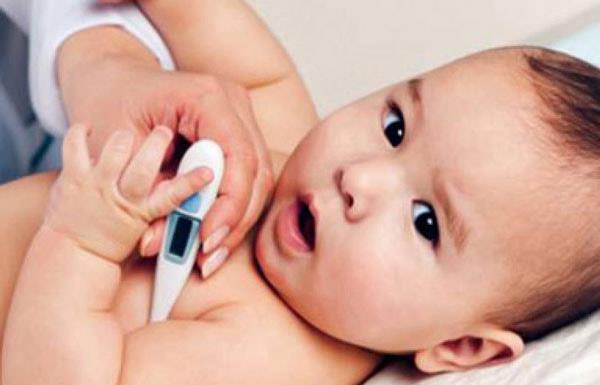
When the baby shows signs of a high fever, the mother needs to be calm to have a timely treatment
If the baby has a high fever of 39 or more poisonous C, the mother should give him fever-reducing medicine with cool wipe. Your baby may also experience redness at the injection site for a few days, but this is a normal response and usually goes away on its own. For children under three months of age, it is necessary to consult a doctor before using fever-reducing medicines. If there is instruction, give the baby medicine.
When the baby has a fever, they can lose water and electrolytes, so the mother needs to let the baby drink enough fluids and breastfeed many times a day. For weaned children, Oresol can be given or fed with dilute salt porridge.
Although the mother has a fever, she still needs to pay attention to clean the baby's body, bathe with warm water in a closed room. Do not let your child get cold, especially when bathing and sleeping at night.

Children with a fever should eat and drink? For young children, when they have a fever for a long time, the body will be weakened, tired, leading to anorexia, so it is more difficult to recover. So what should babies eat to quickly overcome? Mother please add the following foods to the daily diet, to help your baby "fight" the annoyance and drowsiness brought by fever!
Some notes for mom
Whether it is the first shot of the vaccine or the booster shot the mother should keep the child in follow-up for about 30 minutes, should not let the child leave immediately to prevent anaphylaxis. There are also some notes that you need to remember:
Do not bathe your baby right after the injection
4-6 hours after injection, the injection site still has a small hole. If contact with an unclean water source, the dirt will creep inside, which can cause reactions such as redness, swelling, and stiffness. There are cases where the bath water temperature is not right or the child is cold, causing dangerous side effects.
Don't use potatoes or lemons
Many mothers tell each other the trick of applying sliced potatoes, egg whites or sliced lemons to the child's injection site to reduce pain and fever. Pediatricians Do not recommend this method because there may be a risk of infection at the injection site.
